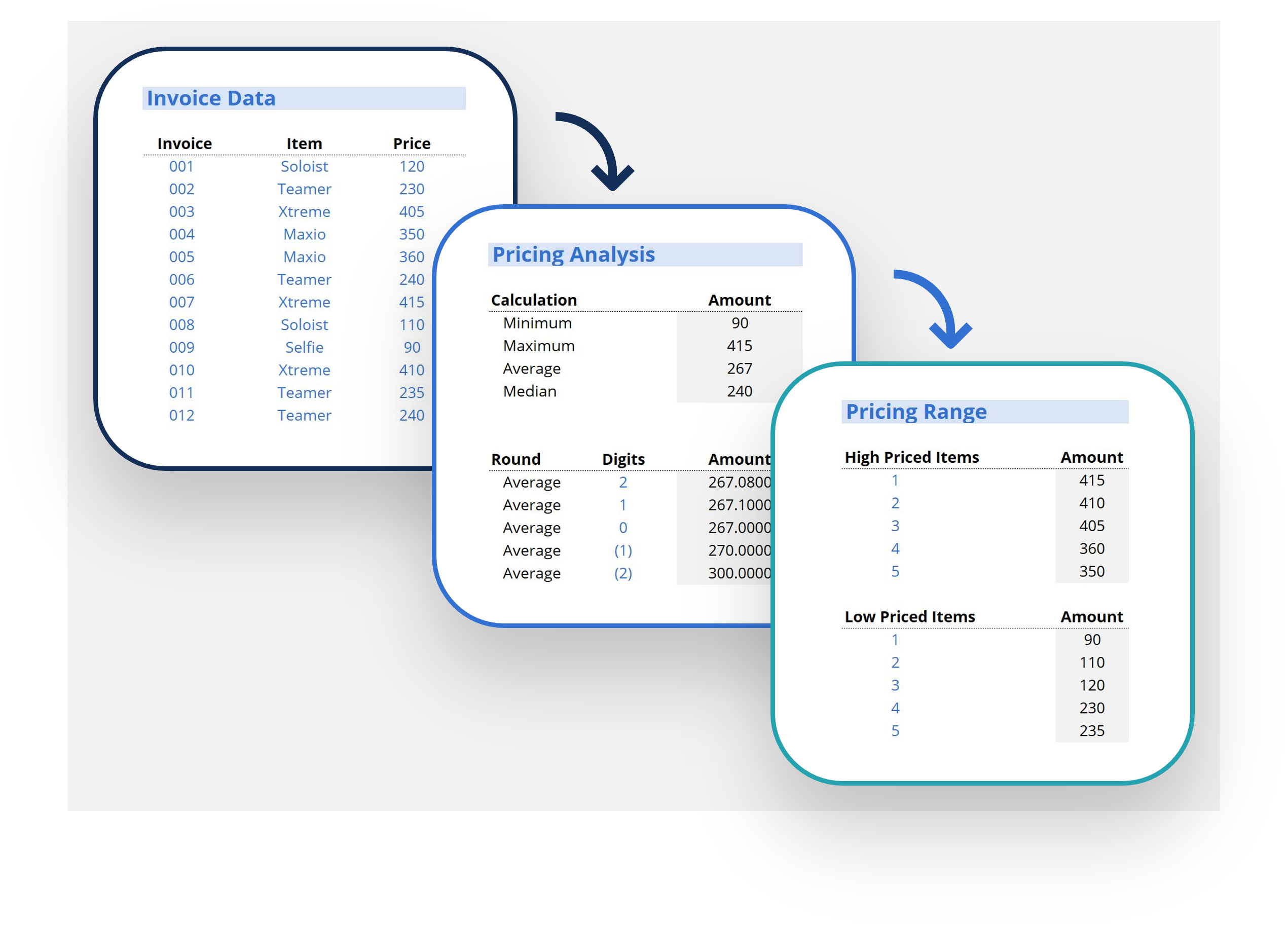CFI™ Locations
Our instructors are in Vancouver, Toronto, London, New York, and Hong Kong.
Mailing Address
CFI Education Inc.
#1392 – 1771 Robson Street
Vancouver, BC V6G 3B7
Canada
US Mailing Address
Macabacus / CFI
228 Park Ave S
PBM 19912
New York, NY 10003






